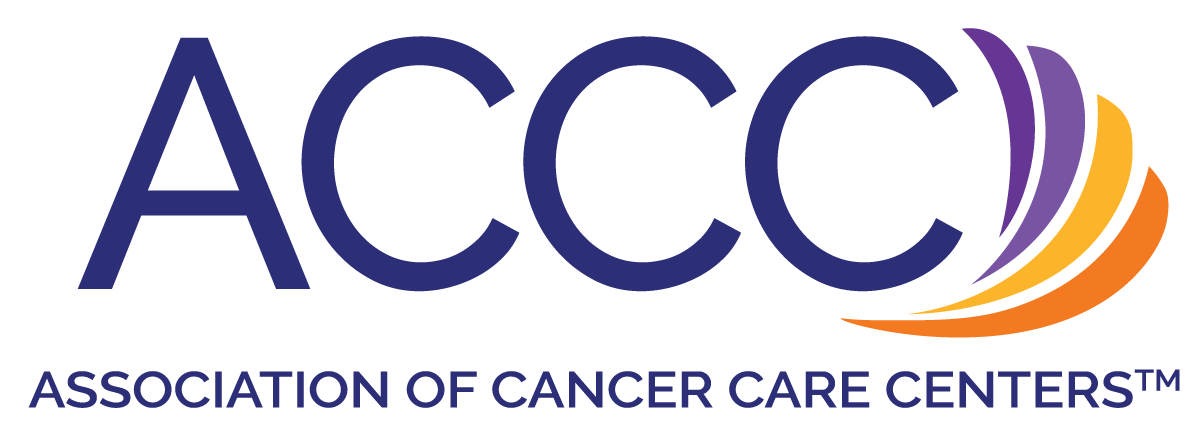
Unique Software Enhances Genetic Counseling Service in a Community Setting

The establishment of a high-risk cancer screening and genetic counseling service in a community setting may be an arduous undertaking but, as demonstrated in a case study presented during the Association of Community Cancer Centers 45th Annual Meeting & Cancer Center Business Center Summit held in Washington, DC, it could help to reduce the chance of patients developing a hereditary cancer.
The establishment of a high-risk cancer screening and genetic counseling service in a community setting may be an arduous undertaking but, as demonstrated in a case study presented during the Association of Community Cancer Centers (ACCC) 45th Annual Meeting & Cancer Center Business Center Summit held in Washington, DC, it could help to reduce the chance of patients developing a hereditary cancer.
A breast center in central Illinois performed a needs assessment and determined that too many patients were diagnosed with a strong family history of cancer, yet limited offerings for assessment and testing were provided at the time. There were 2 genetics departments initially in place, 1 in the Order of Saint Francis (OSF) Medical Center and 1 in the OSF Saint Francis Breast Center. However, the medical center’s genetics department only focused on pediatric patients. The breast center’s genetics department only provided counseling to affected patients, not to family members.
Based on a paper risk assessment it was determined that 72% of patients with breast cancer had at least 1 genetic risk factor for the disease, said Michele Settelmyer, MSN, who co-presented the case. “We determined that there was not enough risk assessment being done in our area.” The center identified 3 challenges they needed to overcome to increase assessment: identifying patients and generating referrals to the genetics clinic, hiring a genetic counselor so patients could be seen in a timely manner, and managing patients over time.
An initial genetics screening and counseling clinic was developed within the breast center, but it was fraught with difficulties. There were issues with space and time limitations, patients lost to follow up, and busy surgeons, coupled with a busy workflow, leading to difficulty in sustaining the service. In addition, there was nowhere to refer patients for risk assessment.
They realized that they needed software that would identify high-risk patients and act as a navigation portal that would manage these patients who required risk assessment; they also had to embrace a multidisciplinary team approach to allow nurse navigators, front desk, technologists, and the genetics clinic to all be aware of the patient’s progress.
The center adopted Cancer IQ, a type of software that assesses patients’ risk for developing cancer. The program maintained a patient registry that collected vital information, test results, and referrals. Interestingly, the data collected by CancerIQ could also be used to identify and solve patient-centered challenges including patient awareness, completion rates, and patient interest in receiving education materials, said Feyi Olopade Ayodele, MBA, co-presenter and CancerIQ CEO and founder.
CancerIQ also offered the OSF Saint Francis Breast Center the flexibility of point-of care scheduling with a flowchart for patients at high risk that begins with the patient checking in at the front desk and filling out information entered into CancerIQ. Along the flowchart are points where the genetic counselor discusses the high-risk program with the patient. Eventually the patient schedules an appointment for high-risk assessment at check out. When compared with referrals, point-of-care scheduling has demonstrated improved patient retention and follow (TABLE).
Table. Referrals Versus Point of Care Scheduling
Referrals
Point-of-Care Scheduling
High-risk patients
1069 patients
2600 patients
Patients interested in further information, educational materials
23%
24%
Patients seen by APN
13%
58%
Patients tested
10%
70%
Results are from 8 months prior to 8 months following advanced practice nurse hire.
APN indicates advanced practice nurse.
With the implementation of the software, the number of patients screened almost doubled from 3622 in 2015 to 6008 in 2016.
The question about hiring an advanced practice nurse (APN) or a genetic counselor was debated. An APN can offer pretest counseling, interpret testing results, and offer post-test counseling; however, the position is difficult to recruit for, hire, and retain. A genetic counselor can provide these services as well, in addition to billing for evaluation and management coding (E&M), offering comprehensive care, and relieving some patient management responsibilities from the primary care physician.
The last challenge identified was managing the patient over time. Once these women have received genetic counseling they have a greater understanding of their genetic risk, they know which mutations they have and which cancers they are more at risk for, and they are able to make educated decisions about their health and ultimately the health of their family, said Settelmyer.
“For those patients who were tested, we have been able to tailor cancer prevention plans for these individuals,” with considerations for each patient as to the cost of each approach, Settelmyer said, whether that include ongoing preventative care or prophylactic surgery.
The use of CancerIQ and the establishment of a genetic counseling service “enhances the patient experience, improves patient care, and makes an impact on population health outcomes,” concluded Ayodele.
Reference:
Settelmyer M, Ayodele FO. Case study: implementing high-risk cancer screening and genetic counseling in the community setting. Presented at: Association of Community Cancer Centers (ACCC) 45th Annual Meeting & Cancer Center Business Center Summit, March 20-22, 2019. Washington, DC.







































